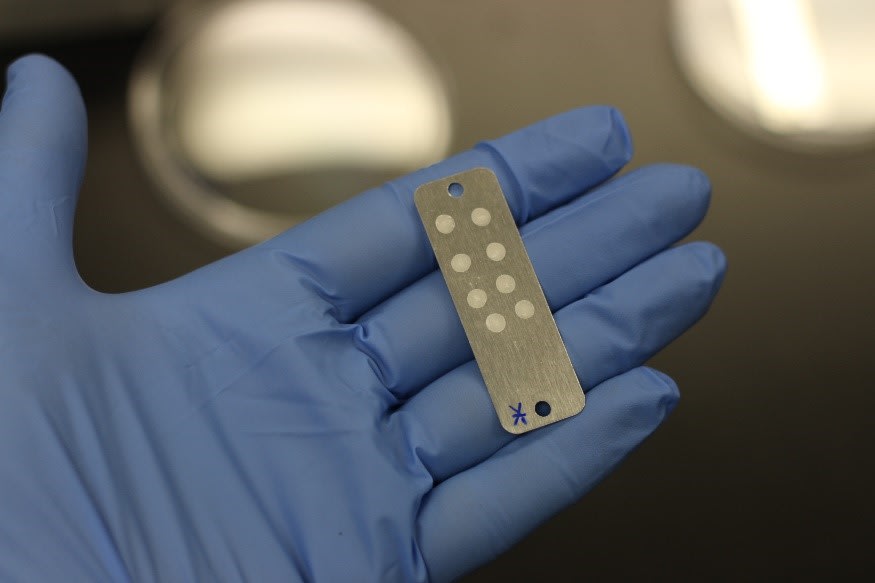While people stand at the ready around the country today with special glasses and pinhole projectors to view the solar eclipse, a group of NASA scientists will be at work launching balloons in an effort to learn a bit more about life on another planet.
NASA is collaborating with students to send high-altitude balloons into the sky around the country today while the moon covers the sun, in order to not only to stream live aerial footage from the edge of space, but also to study how living things react to Mars’ atmosphere.
Yes, Mars. A research group at NASA’s Ames Research Center will send 34 balloons up during the eclipse in an effort to “simulate life’s ability to survive beyond Earth.”
The balloons will carry cards bearing a harmless yet environmentally resilient bacteria dried onto their surface. The cards that fly up with the balloons will be compared to their partners on the ground, allowing researchers to see the consequences of the exposure to Mars-like conditions, such as bacterial survival and any genetic changes.

See, Earth’s stratosphere is already very similar to Mars’, and during the eclipse — while temperatures drop and the moon blocks certain ultraviolet rays that are less abundant in the Martian atmosphere — it will be even more so.
“The August solar eclipse gives us a rare opportunity to study the stratosphere when it’s even more Mars-like than usual,” said Jim Green, director of planetary science at NASA Headquarters in Washington. “With student teams flying balloon payloads from dozens of points along the path of totality, we’ll study effects on microorganisms that are coming along for the ride.”
This will give NASA insight into environmental limits for other forms of terrestrial life, and help inform the search for life on other worlds as well.
“The solar eclipse on August 21st is enabling unprecedented exploration through citizen scientists and students,” said David J. Smith of Ames, principal investigator for the experiment and mentor for the Space Life Science Training Program, the intern group developing flight hardware and logistics for this study. “After this experiment flies, we will have about 10 times more samples to analyze than all previously flown stratosphere microbiology missions combined.”
Editor's Note: This article originally appeared on Consumerist.
















